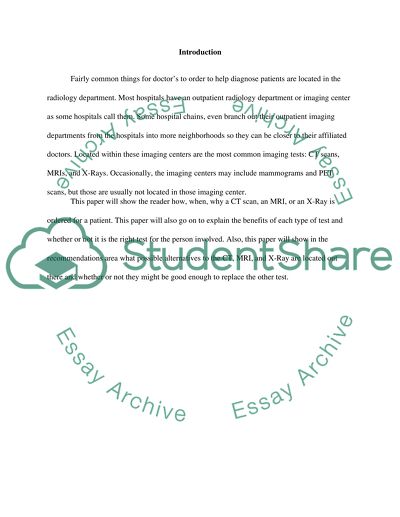Cite this document
(“How Why When Doctors use Xrays,MRI, and CT's in healhcare Research Paper”, n.d.)
Retrieved de https://studentshare.org/health-sciences-medicine/1392798-how-why-when-doctors-use-xraysmri-and-ct-s-in
Retrieved de https://studentshare.org/health-sciences-medicine/1392798-how-why-when-doctors-use-xraysmri-and-ct-s-in
(How Why When Doctors Use Xrays,MRI, and CT'S in Healhcare Research Paper)
https://studentshare.org/health-sciences-medicine/1392798-how-why-when-doctors-use-xraysmri-and-ct-s-in.
https://studentshare.org/health-sciences-medicine/1392798-how-why-when-doctors-use-xraysmri-and-ct-s-in.
“How Why When Doctors Use Xrays,MRI, and CT'S in Healhcare Research Paper”, n.d. https://studentshare.org/health-sciences-medicine/1392798-how-why-when-doctors-use-xraysmri-and-ct-s-in.


